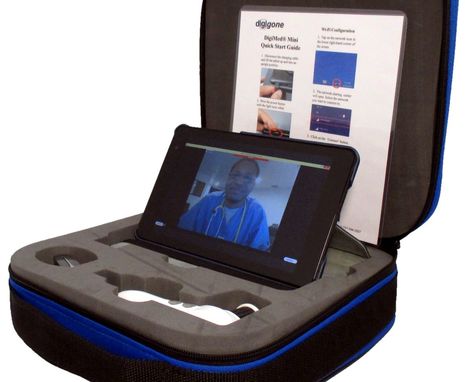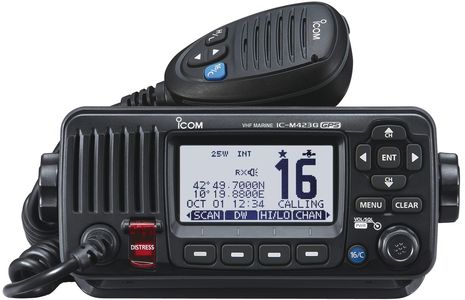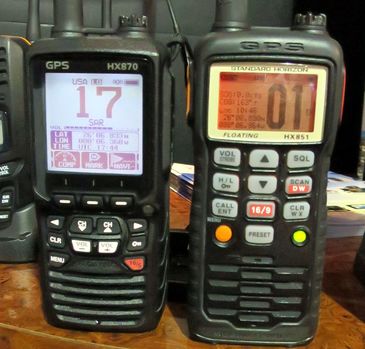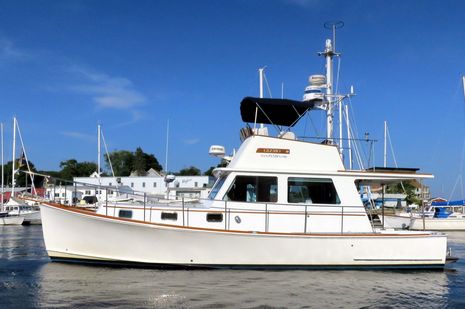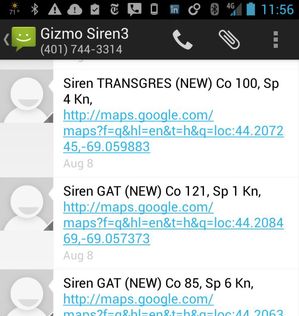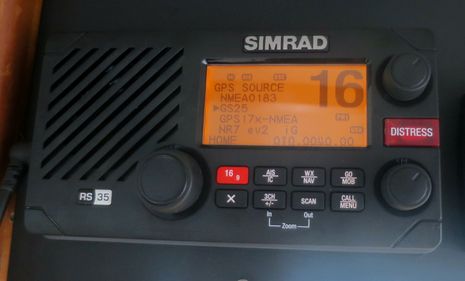Digigone DigiMed telemedicine kits & more Pittman Innovation Award winners
Sail’s 2015 Pittman Innovation Awards were just announced and one of several interesting winners is a series of DigiMed wireless kits that work with Digigone’s existing telemedicine service. Even the smallest DigiMed Mini above can teleconnect you to a 24/7 emergency medical center via Android tablet and Bluetooth headset and I’ve seen how the included wireless macro camera allows the experts to examine the victim down to skin pore level…



